ANXIETY IN CHILDREN
– A Parent’s Guide –
Here’s a parent’s guide to childhood anxiety.
So if you want to start the journey to better understanding your child’s anxiety (or even if they might be anxious), you’ll enjoy this overview.
Let’s jump in!
Contents
select your chapter
CHAPTER 1
Generalized Anxiety Disorder (GAD)
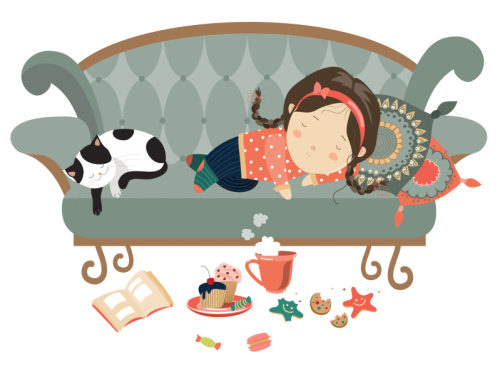
Children who have generalized anxiety disorder, or GAD, feel a high amount of worry, nervousness, and fear.
This typically shows up as physical, emotional, and behavioral symptoms.
Their anxiety is focused on a number of different things and is severe enough to significantly hurt their ability to thrive in relationships, school work, or other activities.
Signs of Generalized Anxiety Disorder
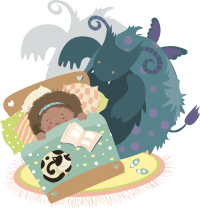
Your child may have:
- muscle tension,
- headaches,
- dizziness,
- nausea,
- diarrhea or stomach aches,
- be restless or easily startled,
- become tired easily
- have trouble relaxing and sleeping.

Your child may be worried about:
- their grades in school,
- being judged in social contexts,
- getting sick or hurt,
- losing a loved one, or
- be a perfectionist.
For these children, the worries they have are not proportionate to reality and they feel out of control of their worries.
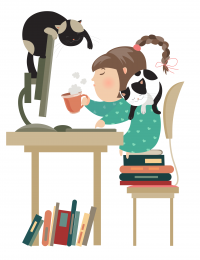
He or she may avoid age appropriate activities, not be able to concentrate on tasks, or become easily frustrated or oppositional as a result of their worries.
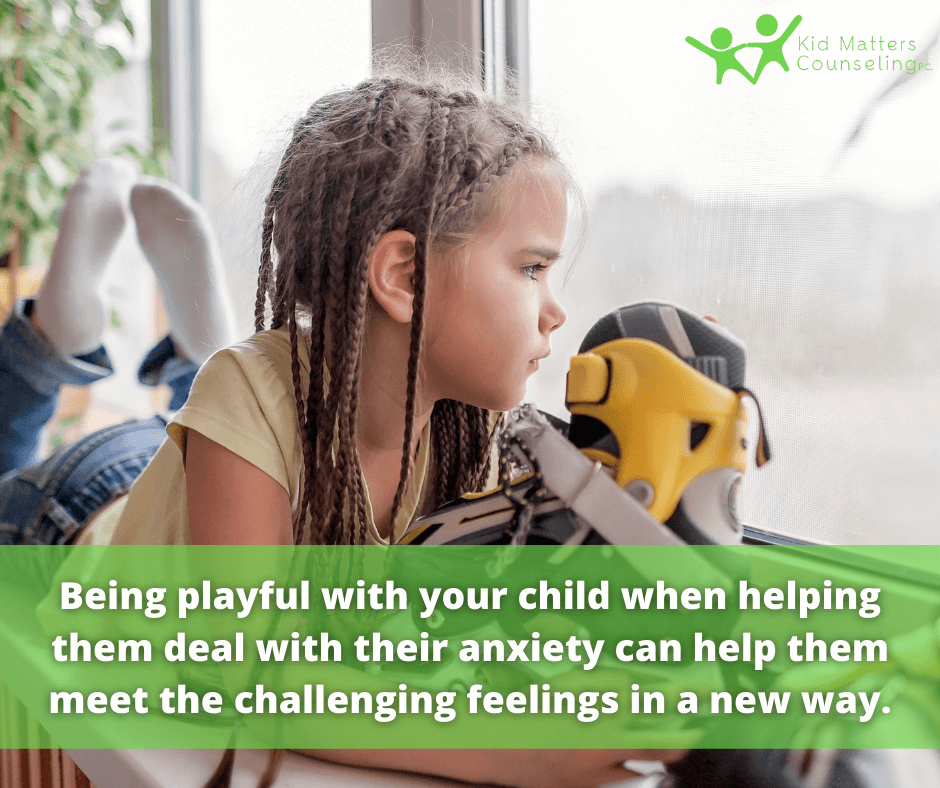
CHAPTER 2
Panic Disorder in Children
A panic attack is a sudden feeling of fear and anxiety that is very intense that takes several minutes to subside.
Attacks could occur at various rates such as one time per week for several months or every day for a couple of weeks followed by none for many weeks.
Children with panic disorder experience recurrent panic attacks that happen unexpectedly and are worried they will have more panic attacks or change their behavior related to the attacks such as attempting to avoid them.
An attack could start when a person is anxious or when they are calm, when awake or asleep.
Signs of Panic Disorder / Attacks
- Heart rate increasing.
- Trembling or numbness.
- Shallow breaths or feelings of choking.
- Feeling nauseous or dizzy.
- Feeling hot and cold alternately.
- Feeling detached from yourself.
- Feeling like you will die.
Worries people have about anticipating a panic attack include peers mistaking symptoms for other life-threatening emergencies, embarrassment about showing symptoms in public, and fear that they are “crazy” or out of control.
More on Panic Disorder
According to the CDC via National Institute of Mental Health (NIMH), 0.4% of children ages 8-15 will have a diagnosis of a panic disorder in any given 12-month period. (SOURCE)
CHAPTER 3
Separation Anxiety Disorder in Children
Separation anxiety disorder is diagnosed when a child has anxiety about leaving a primary caregiver that is beyond what is developmentally expected at the child’s age.
With these children, excessive fear and symptoms related to separation from a caregiver last more than four weeks.
This condition often starts after a major life event that is stressful for the child such as a death in the family or a move to a new place.
Signs of Separation Anxiety Disorder
- Excessive anxiety and physical symptoms (like headaches and stomach aches or vomiting) when thinking about or actually going through separation.
- Worrying about an event causing separation such as getting lost or a caregiver dying.
- Fear of being alone or leaving the house, refusing to sleep away from caregivers, and having nightmares about separation.
- These symptoms must be severe enough that the child’s relationships, school work, or other daily activities are significantly impacted.
This may show in your child as withdrawal, anger or aggression toward the person causing separation, or a “demanding” personality in need of a lot of extra support and attention.
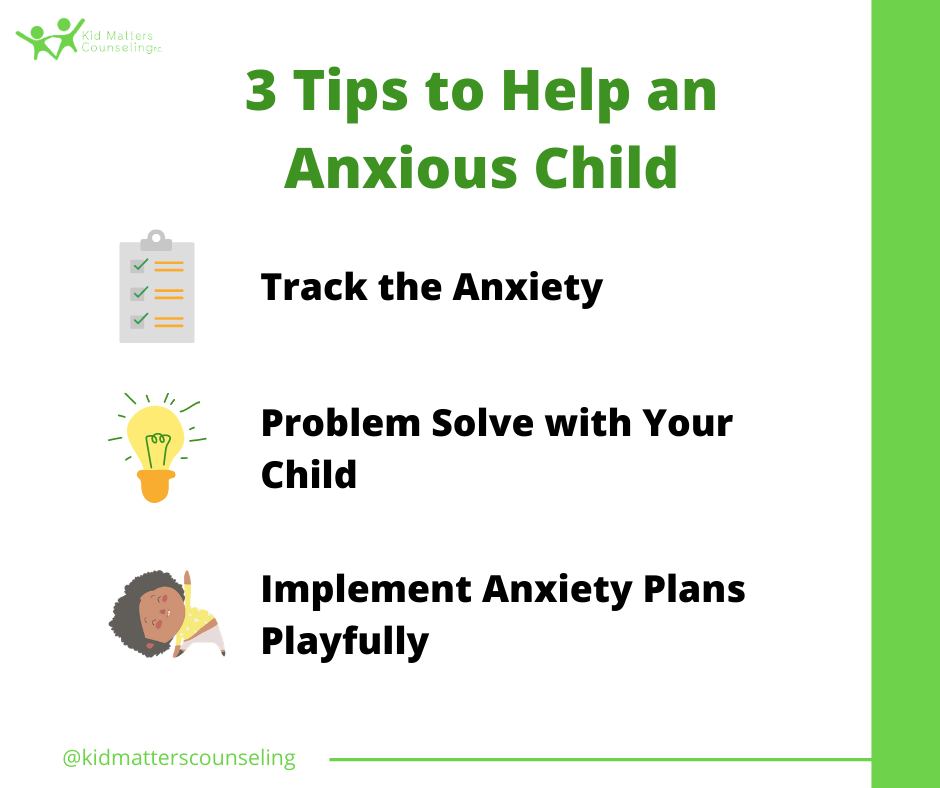
Signs of Social Anxiety Disorder
- Your child may become fearful while thinking about or being in social situations,
- Avoiding social situations,
- Fear of doing something socially inappropriate that will make others judge them.
The fear and anxiety may show up behaviorally in:
- Tantrums, crying.
- Freezing up and not being able to talk.
- Clinging to someone.
- Or shrinking to the floor or chair.
Their symptoms are severe enough that they cause great impact on their relationships, school work, or other daily activities.
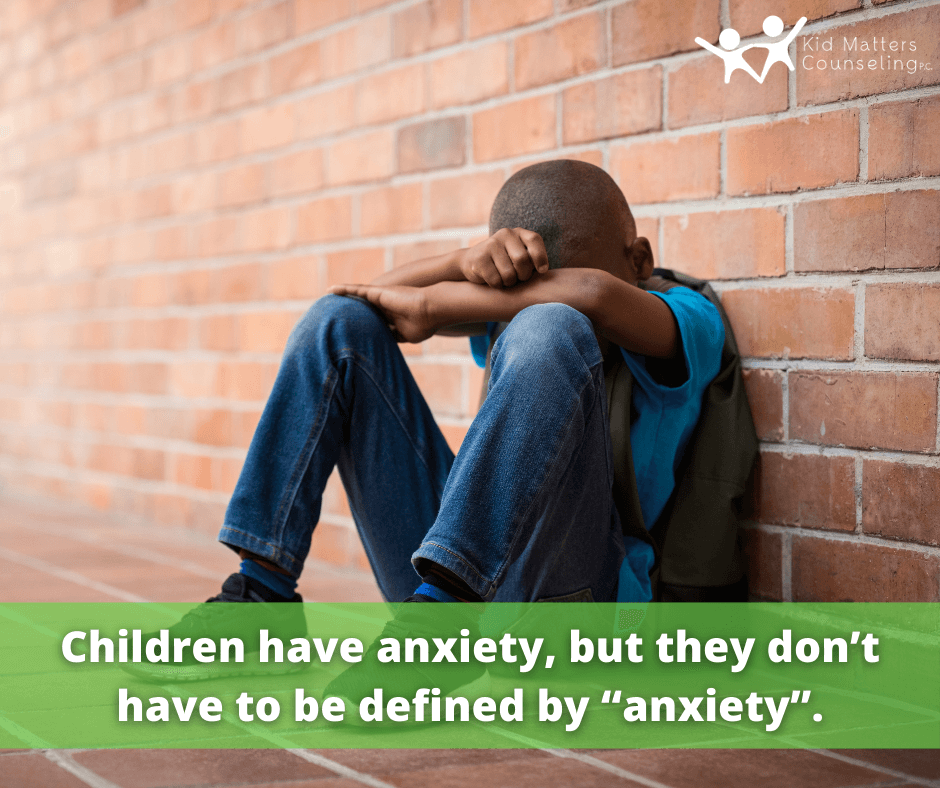
CHAPTER 5
Sports Performance Anxiety in Children
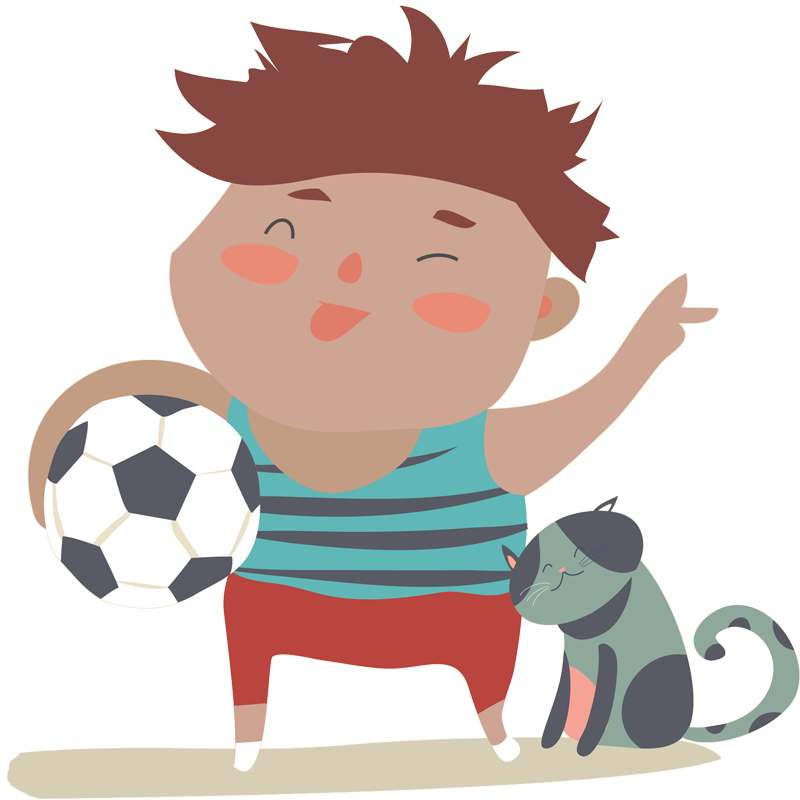
When your child athlete is participating in their sport, they need adrenaline. Adrenaline feels like pre-game jitters and nervousness. This is normal.
However, for some athletes, their pre-game jitters make them feel extra jittery and weak, or their nervousness turns into nausea, interfering with their performance.
Signs of Sports Performance Anxiety
Developing symptoms stemming from anxiety:
- Stomach pains
- Headaches
- Feeling dizzy
- Irritability and trouble sleeping
- Pretending they are sick or injured to avoid participating, going to practices, or games
Changes in thinking or unusual behavior, such as:
-
Negative self-talk
-
Hesitation
-
Decreased confidence during sport
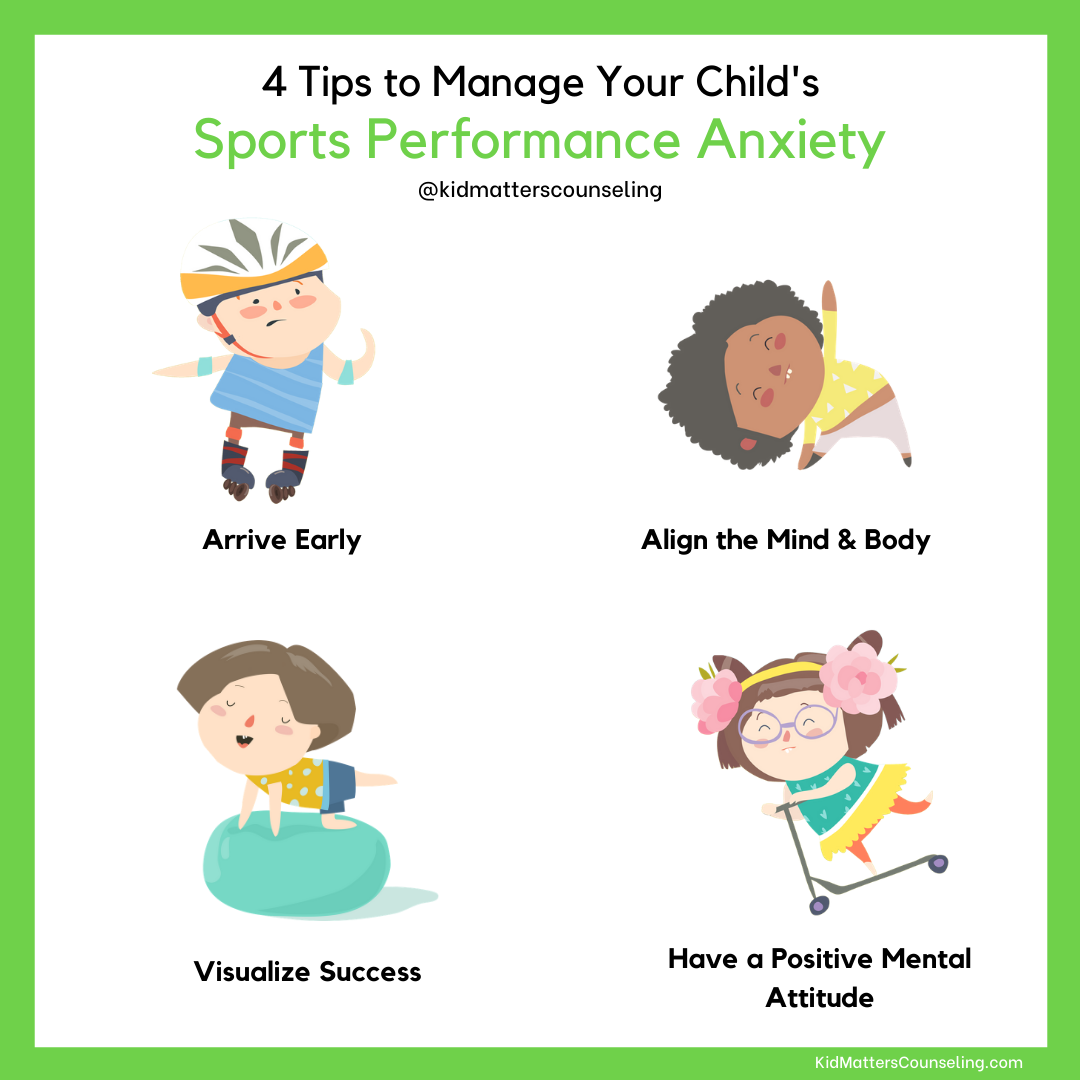
WRAP-UP
If you would like help navigating your child’s anxiety, please give us a call. We specialize in helping anxious children.
Kid Matter Articles on Anxiety
3 Tips for a Successful Bedtime Routine
If bedtime in your house feels like a nightly battle: tears, stalling, and meltdowns. Don’t worry. Many families are facing this too. Maybe your child suddenly “needs one more thing”…Maybe they can’t fall asleep without you lying next to them…Or maybe, the second you...
5 Ways to Help Your Child With Sports Anxiety
As a parent, watching your child struggle with sports anxiety can be heart-wrenching. What used to be fun now brings stress, tears, and self-doubt. You might be asking: “Why is my child so anxious before every game?” or“How can I help them enjoy their sport again?”...
3 Ways To Help Your Child During a Meltdown
If you’re a parent, you’ve probably been there: your child is screaming, throwing things, or maybe shutting down completely. You try to talk, reason, and stay calm, but nothing seems to work. Meltdowns can leave everyone in the family feeling helpless, exhausted, and...
New Clients Call: (855) 586-1802
Current Clients: (855) 543-7687
Ask Us Anything!
We help anxious kids and frustrated parents. We serve Hinsdale & the Western Suburbs of Chicago.
Made with ♥︎ in Hinsdale, Illinois for Chicago
Built By Brand Your Practice.
Kid Matters Counseling, P.C. DISCLAIMER: This website and blog are for informational, educational and general discussion purposes only. It is understood that no guarantee or warranty arises from the information provided, discussed or commented upon in this website and blog nor does it constitute legal or other professional advice on any subject matter. Access to this website and blog is voluntary and at the sole risk of the user. If you think that you have a medical emergency (including clinical), call your doctor or 911 immediately. A licensed medical professional should be consulted for diagnosis and treatment of any and all medical conditions. While the information contained within this website and blog is periodically updated, no guarantee is given that the information provided is correct, complete, and/or up-to-date. See our complete Privacy Policy and Terms of Service.

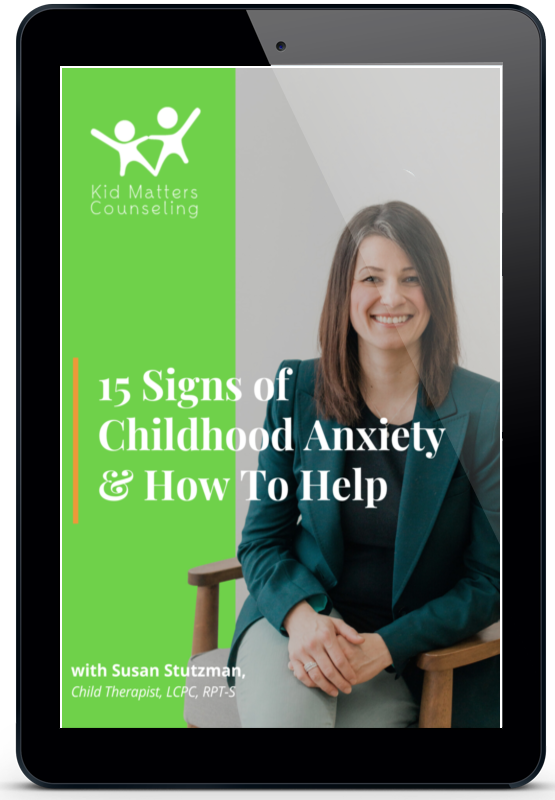
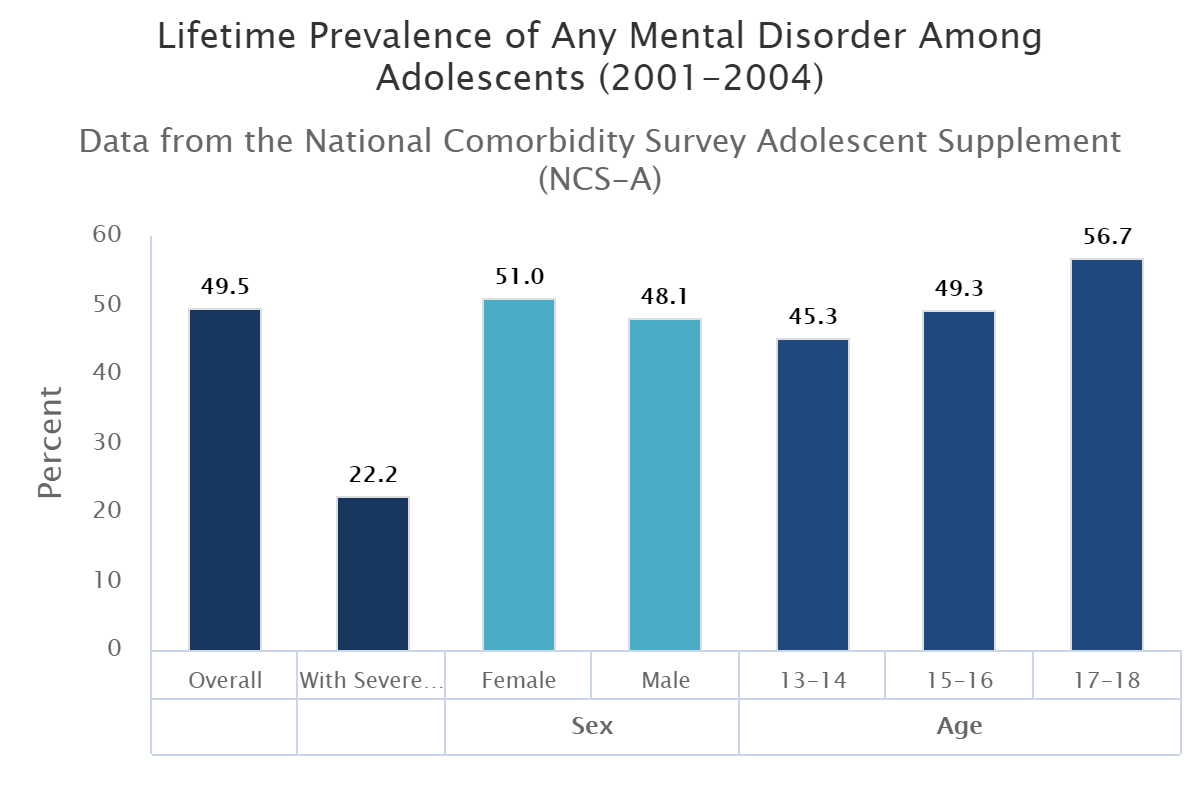



CHAPTER 4
Social Anxiety Disorder in Children
If a child’s worry is focused on social situations where they may feel evaluated by others, they have social anxiety disorder.
They may be afraid of meeting new people or performing in front of others and the symptoms last for six months or more.
For these children, they have fears about interacting with peers their age, not just with adults.
Children with these symptoms believe their fears are real threats, but in reality, the fears are not proportionate with the situation at hand.